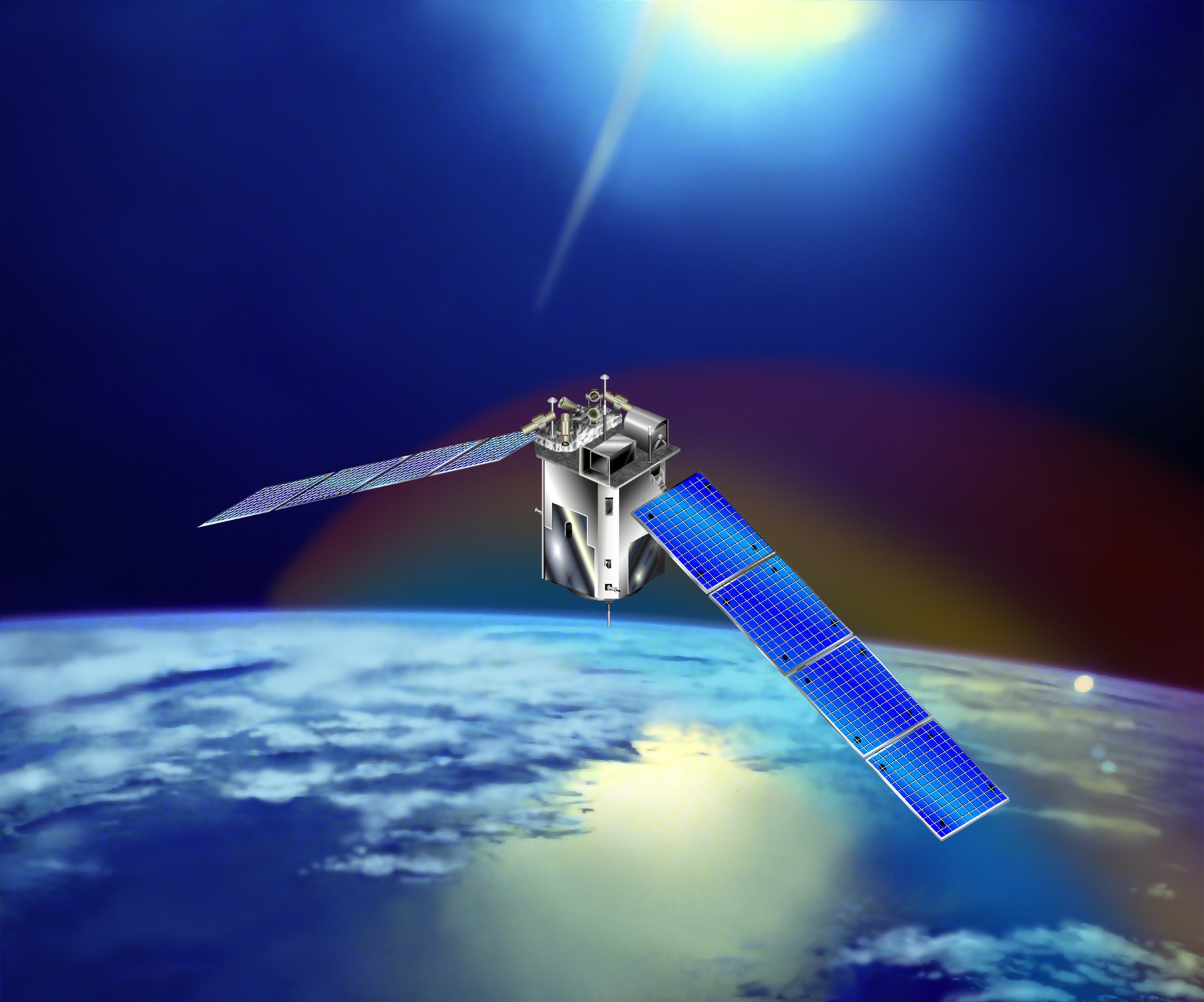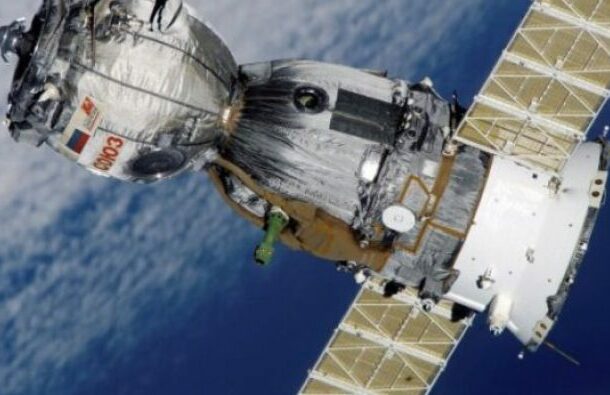NASA issues a warning as an American spacecraft and a Russian satellite approach dangerously close to each other. Learn about the potential risks of collision and ongoing monitoring efforts by space agencies to avert disaster.
Introduction:
NASA's latest announcement has sent shockwaves through the space community as an American spacecraft and a Russian satellite hurtle towards a potentially catastrophic collision. While efforts are underway to prevent disaster, concerns loom large over the safety of orbital assets and the generation of space debris. Let's delve into the details of this alarming situation and the collaborative measures being taken to mitigate risks.
A Dangerous Convergence: NASA's Warning
Impending Collision:
NASA issues a stark warning as an American spacecraft and a Russian satellite find themselves on a collision course in Earth's orbit. Despite efforts to avert disaster, the lack of maneuverability of these space assets raises concerns about a potential impact. While the exact proximity remains undisclosed, the spacecraft are expected to reach their closest point at 7:30 a.m. on February 28, hovering at an altitude of approximately 600 kilometers.

Assessing the Risks: Potential Debris and Fallout
Threat of Debris:
The imminent collision poses a significant risk of generating debris that could pose hazards to other satellites and space missions. While the spacecraft are anticipated to break up upon impact, the creation of large debris fragments remains a cause for concern. NASA underscores the importance of vigilance and coordination with the Defense Department to monitor the evolving situation and assess potential consequences.
Understanding the Mission: Insights into TIMED
Scientific Endeavor:
Amidst the urgency of the collision alert, it's essential to comprehend the mission objectives of the American spacecraft involved. The TIMED (Thermosphere Ionosphere Mesosphere Energetics and Dynamics) mission focuses on studying the interactions between the Sun, human activities, and Earth's mesosphere, lower thermosphere, and ionosphere. Despite its scientific significance, the mission now faces an unforeseen challenge due to the proximity of the Russian satellite.

Collaborative Monitoring Efforts: NASA's Response
Ongoing Surveillance:
In response to the impending collision, NASA intensifies its monitoring efforts in collaboration with international partners and the Defense Department. The agency remains vigilant, utilizing its extensive resources to track the trajectory of both spacecraft and assess the potential impact. By fostering cooperation and sharing crucial data, NASA aims to safeguard critical space assets and mitigate the risks posed by orbital collisions.
Conclusion: Prioritizing Space Safety
NASA's alert regarding the approaching spacecraft underscores the critical importance of space safety and collaboration in the realm of space exploration. As the space community grapples with the challenges posed by orbital debris and collision risks, proactive measures are essential to safeguard valuable assets and ensure the sustainability of space activities. Through vigilant monitoring and coordinated efforts, space agencies strive to navigate the complexities of space travel while minimizing risks and advancing scientific endeavors.


Comments